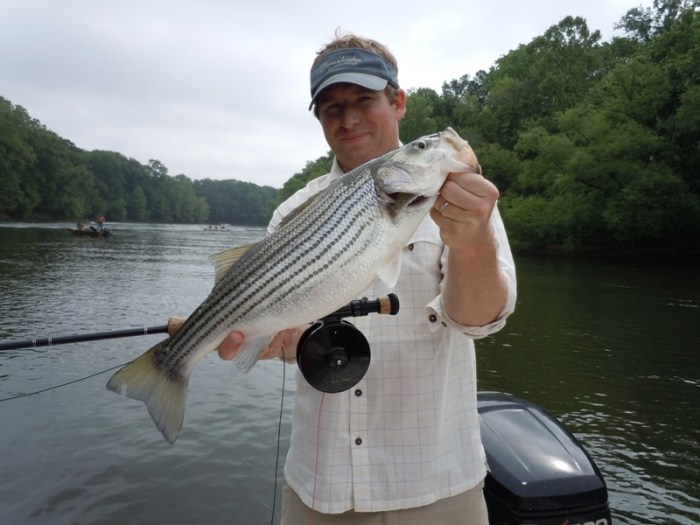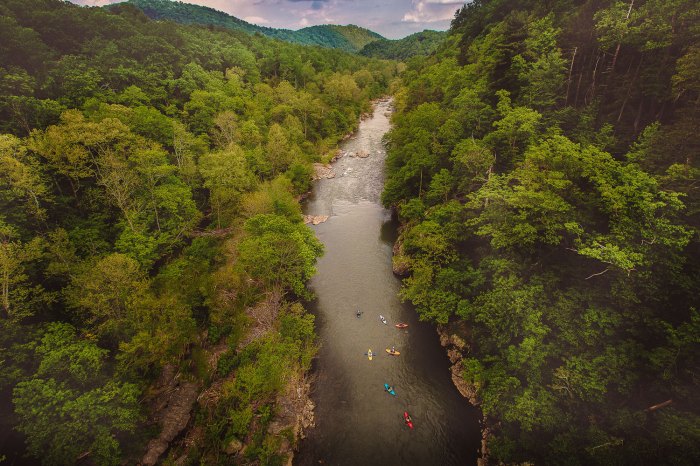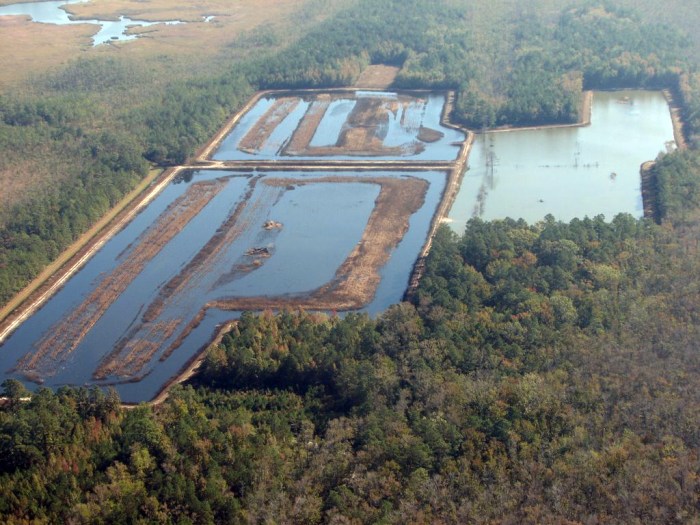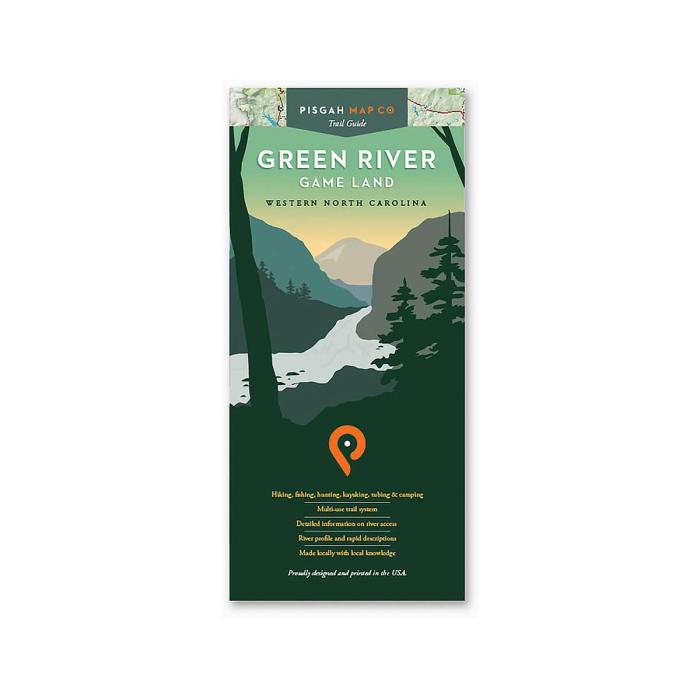Immerse yourself in the captivating world of Upper Roanoke River Game Land, where nature’s splendor intertwines with a tapestry of recreational opportunities. Step into a realm where pristine forests, vibrant wetlands, and rolling grasslands create a sanctuary for wildlife and outdoor enthusiasts alike.
Nestled within the heart of North Carolina, Upper Roanoke River Game Land boasts a rich history and diverse ecosystem that will captivate your senses and ignite your spirit of adventure.
Overview of Upper Roanoke River Game Land

The Upper Roanoke River Game Land is a vast and diverse natural area located in northeastern North Carolina. Established in 1962, it encompasses over 100,000 acres of woodlands, wetlands, and waterways, providing a sanctuary for a wide variety of wildlife and offering ample opportunities for outdoor recreation.
Purpose and Significance
The primary purpose of the Upper Roanoke River Game Land is to provide habitat for a variety of game species, including deer, turkey, bear, and waterfowl. The land also serves as an important recreational destination, offering opportunities for hunting, fishing, camping, hiking, and wildlife viewing.
Geographical Location and Boundaries
The Upper Roanoke River Game Land is situated in the coastal plain region of northeastern North Carolina, encompassing parts of Bertie, Hertford, and Northampton counties. The game land is bounded by the Roanoke River to the north and west, the Meherrin River to the east, and the Chowan River to the south.
Habitat and Wildlife
The Upper Roanoke River Game Land encompasses a diverse array of habitats, providing a sanctuary for a wide variety of wildlife species. These habitats include mature forests, wetlands, and grasslands, each supporting a unique assemblage of flora and fauna.
Forests
- The forests of the game land are predominantly comprised of oak, hickory, and pine species, forming a complex and layered ecosystem.
- These forests provide essential habitat for deer, turkey, squirrels, and numerous bird species, offering food, shelter, and breeding grounds.
- Mature trees provide nesting sites for birds, while fallen logs and decaying vegetation create microhabitats for amphibians, reptiles, and invertebrates.
Wetlands
- Wetlands, including swamps, marshes, and beaver ponds, are vital to the game land’s ecosystem.
- They provide important habitat for waterfowl, such as ducks and geese, as well as amphibians, reptiles, and fish.
- Wetlands also act as natural filters, improving water quality and reducing flooding.
Grasslands
- Grasslands, although less extensive than forests and wetlands, contribute to the game land’s biodiversity.
- They provide foraging areas for deer, turkey, and small mammals, and are also important nesting sites for ground-nesting birds.
- Controlled burns and grazing help maintain the health and diversity of these grasslands.
Habitat management is crucial for maintaining the health and productivity of the Upper Roanoke River Game Land’s wildlife populations. This includes controlling invasive species, conducting prescribed burns, and regulating hunting and fishing activities.
Recreational Opportunities

The Upper Roanoke River Game Land offers a wide range of recreational opportunities for outdoor enthusiasts.
Visitors can enjoy hunting, fishing, hiking, camping, and other activities in this diverse and scenic natural area.
Hunting
- Hunting is permitted in designated areas of the game land during specific seasons.
- Hunters must obtain a valid hunting license and follow all applicable regulations.
Fishing, Upper roanoke river game land
- Fishing is allowed in the Roanoke River and its tributaries.
- Anglers must have a valid fishing license and comply with all fishing regulations.
Hiking
- There are several designated hiking trails within the game land, ranging from easy to challenging.
- Hikers can explore the diverse habitats and scenic views of the area.
Camping
- Primitive camping is permitted in designated areas of the game land.
- Campers must follow all regulations and leave no trace of their stay.
Other Recreational Facilities
- The game land also offers other recreational facilities, such as picnic areas and boat launches.
- Visitors can enjoy a variety of outdoor activities and connect with nature in this beautiful and accessible natural area.
Conservation and Management
Preserving the Upper Roanoke River Game Land and its resources is a crucial endeavor. The North Carolina Wildlife Resources Commission plays a pivotal role in this effort, implementing conservation measures and managing the game land responsibly.
Balancing recreational use with conservation goals presents both challenges and opportunities. Striking a harmonious balance between these aspects ensures the long-term sustainability of the game land’s ecosystem while providing recreational opportunities for visitors.
Conservation Efforts
Conservation efforts within the game land encompass a range of initiatives aimed at protecting its natural resources. These include:
- Implementing prescribed burns to maintain healthy forest ecosystems and reduce wildfire risk.
- Restoring and protecting wetlands to enhance habitat for wildlife and improve water quality.
- Enforcing hunting and fishing regulations to ensure sustainable wildlife populations.
Role of the North Carolina Wildlife Resources Commission
The North Carolina Wildlife Resources Commission serves as the primary steward of the Upper Roanoke River Game Land. Its responsibilities include:
- Developing and implementing comprehensive management plans to guide the game land’s conservation and use.
- Monitoring wildlife populations and habitat conditions to inform management decisions.
- Enforcing laws and regulations to protect the game land and its resources.
Balancing Recreational Use and Conservation
Finding a balance between recreational use and conservation goals is a complex but necessary task. The Wildlife Resources Commission employs various strategies to achieve this, including:
- Designating specific areas for recreational activities, such as hunting, fishing, and camping.
- Implementing seasonal restrictions on certain activities to minimize impacts on wildlife during critical periods.
- Educating visitors about responsible use of the game land to minimize disturbance to wildlife and habitat.
By carefully managing recreational use, the Wildlife Resources Commission can preserve the integrity of the game land’s ecosystem while still providing opportunities for public enjoyment.
Educational and Outreach Programs

The Upper Roanoke River Game Land actively engages in educational programs and outreach initiatives to promote awareness and stewardship of its natural resources and recreational opportunities. These programs aim to connect people with the game land, foster an appreciation for its unique ecosystems, and encourage responsible use and conservation practices.
One successful educational program is the “Junior Ranger Program,” which introduces children to the game land’s wildlife, habitats, and conservation efforts. Through interactive activities and guided hikes, young participants learn about the importance of protecting natural resources and become advocates for the game land’s preservation.
School Field Trips
The game land hosts guided field trips for schools and educational groups. These trips provide students with hands-on learning experiences in ecology, wildlife management, and outdoor recreation. Students engage in activities such as wildlife observation, habitat exploration, and discussions on conservation practices.
Public Lectures and Workshops
The game land offers public lectures and workshops on various topics related to wildlife management, habitat conservation, and outdoor recreation. These events are designed to inform and engage the community, fostering a greater understanding and appreciation of the game land’s resources.
Upper Roanoke River Game Land boasts breathtaking landscapes and diverse wildlife. Its rugged terrain and pristine waterways provide ample opportunities for outdoor recreation. Whether you’re an avid hunter, angler, or nature enthusiast, this sprawling preserve has something for everyone. For those seeking knowledge beyond the game land’s natural wonders, ap world history unit 5 notes offer a comprehensive overview of global events and their impact on civilizations.
As you delve into the rich history of the Roanoke Valley, you’ll gain a deeper appreciation for the region’s unique character and its role in shaping the world we live in today.
Volunteer Opportunities
The game land welcomes volunteers to participate in various conservation and stewardship activities. Volunteers assist with tasks such as trail maintenance, habitat restoration, and wildlife monitoring. Through these experiences, volunteers gain valuable knowledge and contribute to the preservation of the game land’s ecosystems.
Economic Impact: Upper Roanoke River Game Land

The Upper Roanoke River Game Land serves as an economic engine for surrounding communities, attracting outdoor enthusiasts and contributing to the local economy through recreational activities and tourism.
Recreational activities, such as hunting, fishing, camping, and hiking, draw visitors from near and far, generating revenue for local businesses.
Tourism Contribution
- Lodging and dining establishments benefit from increased tourism during hunting and fishing seasons.
- Outfitters and guides provide services to visitors, creating additional income opportunities.
- Retail stores selling outdoor gear and supplies experience increased sales.
Case Study: Hunting Revenue
A study by the Virginia Department of Wildlife Resources found that hunting-related expenditures in the Upper Roanoke River Game Land region exceed $10 million annually.
Cultural Significance

The Upper Roanoke River Game Land holds significant cultural value for the local communities. Its rich history and diverse ecosystems have shaped the cultural heritage of the region.
Historically, indigenous peoples relied on the land for sustenance and cultural practices. They hunted, fished, and gathered plants for food, medicine, and shelter. Settlers who arrived later also utilized the land for agriculture, logging, and recreation.
Indigenous Cultural Uses
- Hunting and Fishing:The game land provided a vital source of food for indigenous communities, who hunted deer, turkey, and other wildlife.
- Gathering:The land was also rich in plants used for food, medicine, and crafts. Indigenous peoples gathered berries, nuts, and herbs for sustenance and healing.
- Ceremonial and Spiritual Practices:Certain areas within the game land were considered sacred and were used for ceremonies and spiritual rituals.
Settler Cultural Uses
- Agriculture:Settlers cleared portions of the land for farming, raising livestock, and growing crops.
- Logging:The forests within the game land provided valuable timber for construction and other purposes.
- Recreation:The scenic beauty and abundant wildlife made the game land a popular destination for hunting, fishing, and other outdoor activities.
Today, the Upper Roanoke River Game Land continues to contribute to the cultural heritage of the region. It provides a place for locals and visitors to connect with nature, learn about the area’s history, and engage in traditional practices that have been passed down for generations.
Expert Answers
What are the hunting seasons for Upper Roanoke River Game Land?
Hunting seasons vary depending on the species and hunting method. Please refer to the North Carolina Wildlife Resources Commission website for specific dates and regulations.
Are there designated camping areas within the game land?
Yes, there are designated primitive campsites available on a first-come, first-served basis. Please practice Leave No Trace principles and pack out everything you pack in.
What species of wildlife can I expect to see in the game land?
Upper Roanoke River Game Land is home to a variety of wildlife, including deer, turkey, waterfowl, rabbits, squirrels, and songbirds.